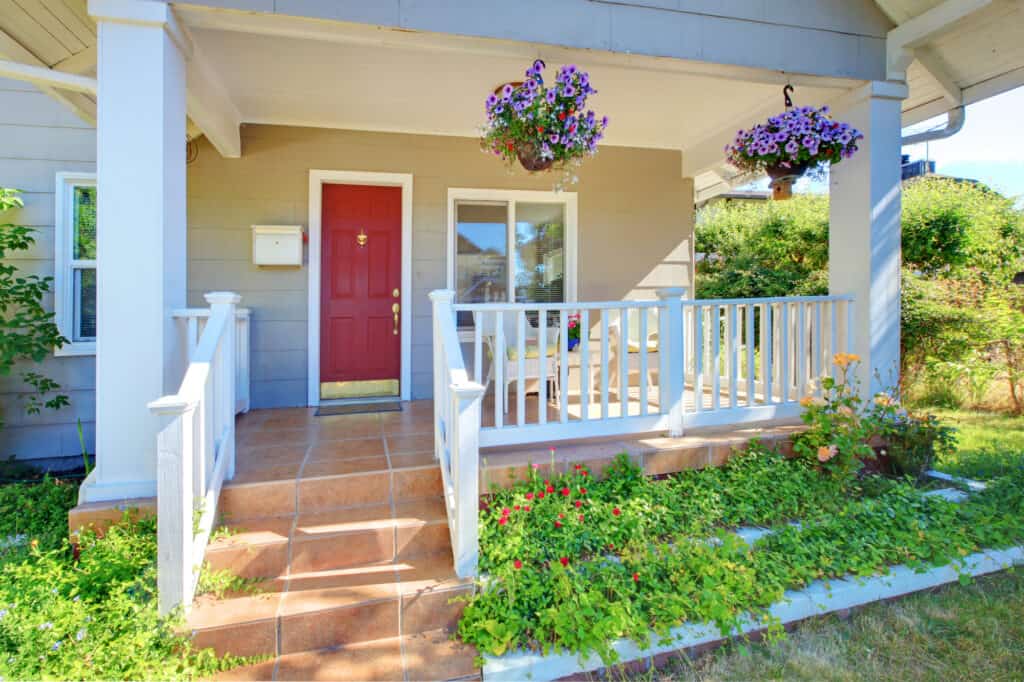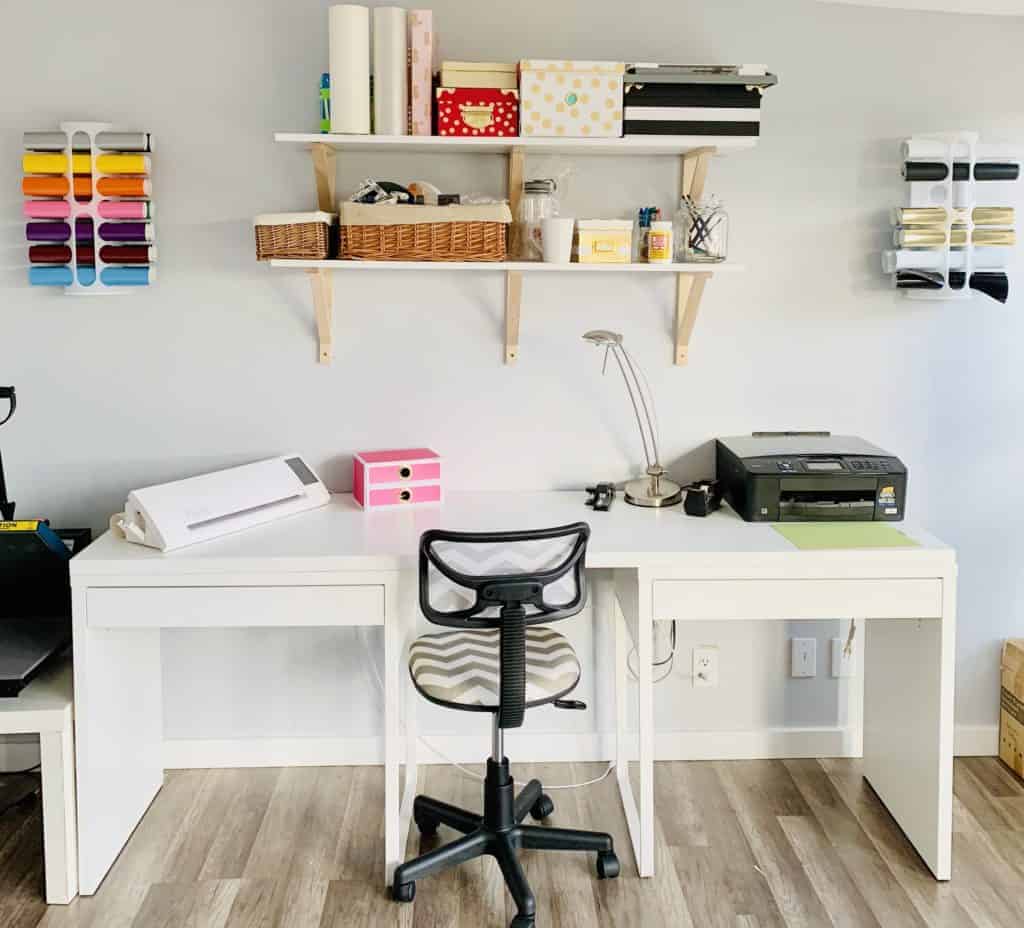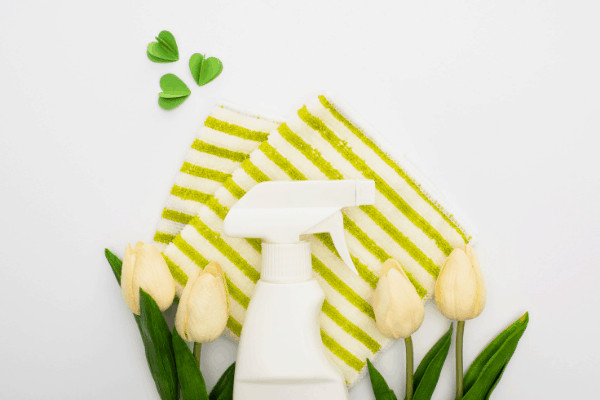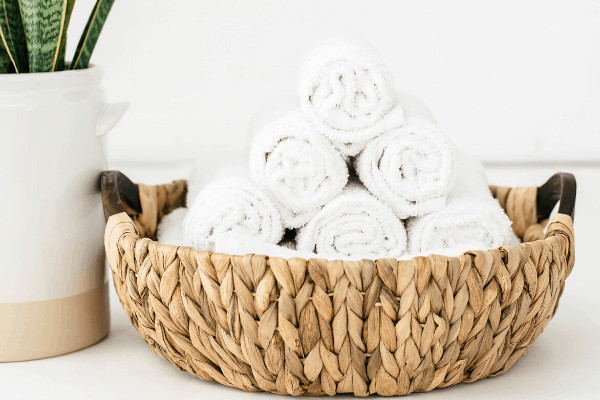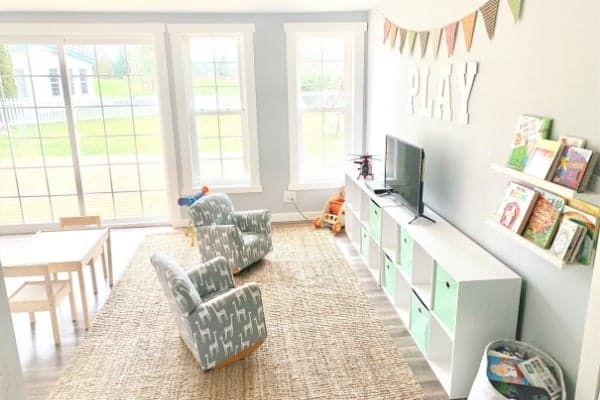Selling a home in Sherman, Texas, can be quite a big task, especially in today’s market. With the median sale price of a home in Sherman at $289K last month—down 6.6% from last year—homeowners may feel a bit anxious about how long their property might sit on the market or if they’ll get the price they hope for. However, one strategy that can make a substantial difference is proper staging. Staging your home helps potential buyers visualize the property as their future home, which can lead to a quicker sale and possibly even better offers.
In this article, we’ll explore practical tips for staging your home. Whether you’re looking to sell quickly or want to ensure your home leaves a lasting impression, these tips can help you get your home ready for the market.
- Declutter and Depersonalize
A crucial initial step in staging your home is to declutter and depersonalize the space. The aim is to create a neutral setting that helps potential buyers picture themselves living in the home. Personal belongings like family photos, souvenirs, and unique collections can distract buyers and make it harder for them to see the property as their future home.
Start by going through each room and removing any items that are overly personal or unnecessary. This includes things like children’s artwork on the fridge, knick-knacks on shelves, and even excess furniture that makes the room feel crowded. Remember, the less clutter there is, the more spacious and inviting your home will appear.
Once you’ve decided what to remove, consider renting one of the storage units Sherman TX offers to temporarily store these items. Storage units offer a secure and convenient solution for keeping your belongings safe while you’re preparing your home for sale. By placing items in storage, you can maintain a clean and uncluttered appearance throughout your home, making it more attractive to potential buyers.
- Focus on Key Rooms
Not all rooms in your home carry the same weight when it comes to staging. Some rooms are more critical in the eyes of potential buyers, and these are the spaces where you should focus your staging efforts. The living room, kitchen, and master bedroom are often considered the most important rooms in the house, as they are where buyers spend the most time visualizing themselves living.
Living Room: Start by arranging the furniture in a way that highlights the room’s space and function. Avoid pushing all the furniture against the walls; instead, create cozy conversation areas that show off the room’s potential for entertaining or relaxing. Make sure the room is clean and free of clutter, with just a few decorative touches like throw pillows, a coffee table book, or a stylish rug to tie the space together.
Kitchen: Keep countertops clear of small appliances and clutter, and make sure all surfaces are spotless. Consider adding a few fresh touches, like a bowl of fruit, a vase of fresh flowers, or new kitchen towels. If your cabinets are outdated but you don’t have the budget for a full remodel, a fresh coat of paint and new hardware can go a long way in making the kitchen feel updated and inviting.
Master Bedroom: The master bedroom should feel like a retreat—somewhere buyers can imagine unwinding after a long day. Keep the decor neutral and calming with soft bedding, minimal furniture, and tasteful artwork. Make sure the closets are organized and not overstuffed, as ample closet space is a big selling point for many buyers. If your closets are full, consider storing off-season clothing or other items in a storage unit to create more space.
- Address Minor Repairs and Updates
Before you list your home, it’s essential to take care of any minor repairs or updates that could turn off potential buyers. Even small issues, like a leaky faucet or a cracked tile, can make a home feel neglected and give buyers an excuse to offer less than your asking price.
Walk through your home with a critical eye and make a list of any repairs that need attention. This might include fixing leaky faucets, patching holes in the walls, replacing broken tiles, or repairing any doors or windows that don’t close properly. While these repairs might seem minor, they can make a big difference in how buyers perceive your home.
In addition to repairs, consider making a few simple updates to modernize the space. A fresh coat of paint in a neutral color can instantly refresh a room, while new light fixtures or cabinet hardware can make a space feel more contemporary. These small investments can go a long way in increasing your home’s appeal without breaking the bank.
- Stage for the Season
Finally, consider the season in which you’re selling your home and stage accordingly. Seasonal touches can make your home feel more inviting and show that it’s been well cared for, no matter the time of year.
In the spring and summer, focus on light, airy decor. Open the windows to let in fresh air, add fresh flowers to your rooms, and use light-colored linens and throw pillows to create a bright, cheerful atmosphere. In the fall and winter, create a warm and cozy environment with throw blankets, seasonal decorations, and soft lighting.
These seasonal touches don’t have to be over the top—just enough to make your home feel welcoming and in tune with the time of year. Buyers will appreciate the extra effort, and it can make your home stand out in their minds.
Staging your home for sale can seem like a big task, but it doesn’t have to be. By taking the time to declutter, improve curb appeal, focus on key rooms, address minor repairs, and stage for the season, you can create a space that resonates with potential buyers.
These efforts can lead to a quicker sale and help you get the best possible price for your home. Remember, small changes can make a big difference in how your home is perceived, so take the time to present it in the best possible light.

